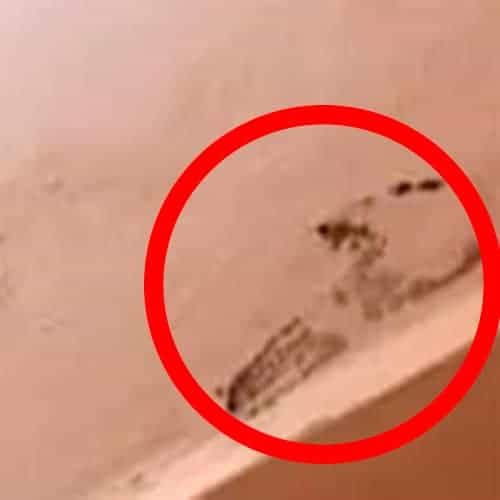Most buildings such as multi-story building have reinforced concrete with vertical columns, the reinforced concrete is often poorly made with cracks and cavities in it. This sort of structure is very rigid, and some regular ground movement can result in cracks in the structure usually through the walls of the building. The hot and cold climate changes also will affect the wall cracks. This causes multi-story building to have damages and cause leakages.
The external wall that is exposed to rain can cause rainwater to seep through these cracks in the wall which will lead to water damage. If you have a wall exposed to rain you can waterproof it to stop water from getting into the internal wall of your house.
Wet walls in your house can cause by water penetrating or rising damp in your walls through your external wall or cavity wall’s structure and a possible leak somewhere in your house. Thus, a proper waterproofing wet walls is necessary.
How can we tell if a wall require waterproofing? Waterproofing wet walls can be easily detected by checking if you have wet walls, damp walls, or wet patches spots on your walls, some black mould patches which are indicator of water damage.
In some circumstances, the heavy rainfall in Singapore will result in the exterior wall being exposed to rainwater and getting soaked up causing dampness to the internal walls. Water getting into the walls and causing damp patches to form can cause a range of visual and structural issues in the walls. Thus, we can’t reiterate enough that wall waterproofing is important.
Common internal wet wall damage is behind the shower area or bathroom in the house. If the damaged wall is behind a bathroom or shower area and the wet area is below ground, this might be caused by a worn-off waterproofing membrane or by a leak in your water connection behind a bathroom of the exterior area. These damp or wet patches above the skirting board can also be marked out by the yellowish or brownish stain which turns your damp patches into black mould patches. Thus, its important to be waterproofing wet walls.
Waterproofing of wet walls does not necessary be only walls, it can be wall tiles. As communicated, wall tiles are installed in most standard bathrooms to have an attractive look, resistance to moisture, and are easy to clean. But most tiled walls are installed with grout, which water can seep through the grout and damage the wall behind or even the ground below. Therefore, the waterproof layer in the bathroom must be around 6 inches above ground level, to ensure the bath water won’t seep through the wet room surface to the sub-surface underneath. Floors and walls just get the occasional drip or spill. This moisture is low in volume and floors and walls don’t stay submerged for long, unlike the shower area where the entire flooring will be underwater. Therefore, a waterproofing membrane is required beneath the shower area before tiling up from top to bottom, making the floor and wall impermeable to moisture. The most important part of a wet wall is the waterproofing substrate. Once it is installed, it will naturally secure the area away from water seepage issues. You can check out which waterproofing method is best for bathroom here.
Find out the source of your leakage before attempting to repair the water damage on your walls. SWC Construction provides a free consultant to assist you in finding the seepage on wet walls. Contact us now for a non-obligation site assessment. We have professionals to assist you with waterproofing service.



